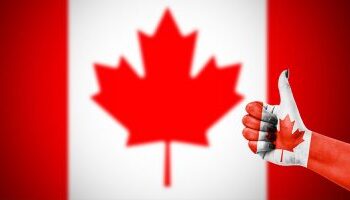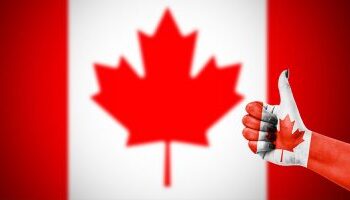Stroke is a condition that occurs when part of the brain loses blood supply, causing part of the body that the injured brain controls to stop working.
As the globe celebrates World Stroke Day on Oct. 29, annually marked to raise awareness on the health challenge, there is the need to note the risk factors such as high blood pressure and diabetes, among others, and know the symptoms so as to act fast, as experts emphasise the essence of prompt intervention to tackle the condition.
Also called Cerebrovascular Accident (CVA), there are three types of stroke, namely — Ischemic Stroke, where part of the body loses blood flow, Hemorrhagic stroke, where bleeding occurs in the brain, or Mini-Stroke, where symptoms resolve within minutes or take up to 24 hours to clear.
The symptoms of stroke include sudden numbness or weakness in the face, arm, or leg, especially on one side of the body.
Some other symptoms are: sudden confusion, trouble speaking, or difficulty understanding speech, sudden trouble seeing in one or both eyes, or sudden trouble walking, dizziness, loss of balance, or lack of coordination.
From the onset of stroke symptoms, also known as “Brain Attack’’, there is only a three to four-and half hour window to use clot-busting drugs (thrombolytics) to try to restore blood supply to affected part of the brain.
People at risk for stroke include those who have high blood pressure, high cholesterol, diabetes, and those who smoke. Others are people with heart rhythm disturbances, especially atrial fibrillation.
Stroke is diagnosed through the patient’s symptoms, history, blood and imaging tests.
Depending on the situation, including the patient’s neurologic examination and severity of stroke, mechanical thrombectomy to remove a blood clot in a brain artery may occur up to 24 hours after onset of symptoms, a procedure that is not available at all hospitals and not appropriate for all stroke patients.
Consequently, one can quit smoking to prevent stroke, control blood pressure, maintain healthy weight, eat healthy diet and exercise regularly.
This is because recovery for a person that has suffered a stroke depends on the location of the injury to the brain, therefore, always remember the acronym — FAST — if you think someone is having a stroke: F for Face drooping, A for Arm weakness, S for speech difficulty and T for Time to call 911.
























